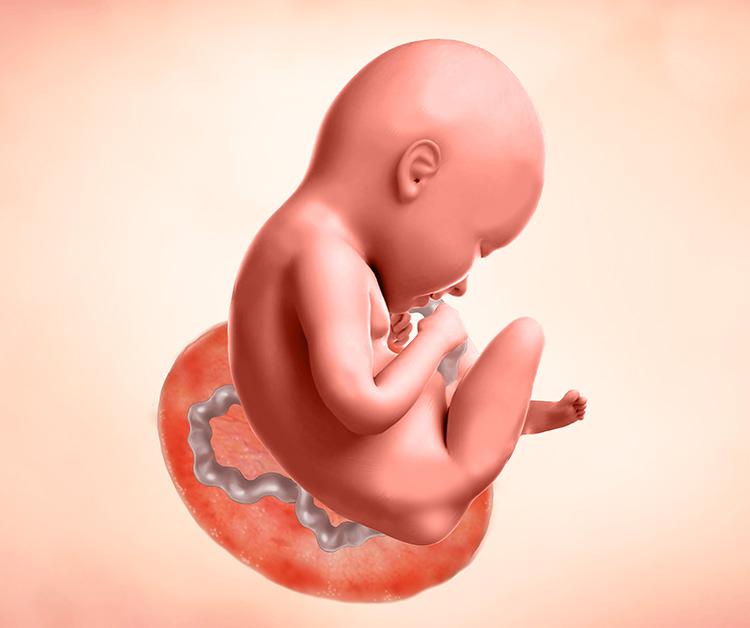No Enfamil products are affected by the recent recall initiated by another manufacturer. Learn more about our quality standards.

5 Minute Read
At this stage of your journey, new developments are beginning to unfold. Check out this week-by-week guide to find out what’s in store for your baby and your body in week 35 of pregnancy.
With week 34 of your pregnancy complete, you’re on week 36. Enjoy it, as week 36 is on the horizon!
One of the most exciting things about pregnancy is how many changes you’ll experience with your little one over the span of just 7 days! Here’s some tips and tricks to keep on top of all that’s happening.

The length of a typical pregnancy is approximately 40 weeks. If you go into labor at 35 weeks or any time before the 37th week of pregnancy, it’s considered premature labor. Some signs of preterm labor include contractions every 10 minutes or more, vaginal bleeding, and fluid leaking from your vagina, which could mean your water broke.
Going into labor this week doesn’t necessarily mean you’ll give birth now. Many women treated for preterm labor go on to have a baby after 37 weeks.
If you deliver at 35 weeks, your bundle of joy would be considered a “late preterm” baby—a baby born between 34 and the end of 36 weeks. Your little one may need extra care and monitoring in the neonatal intensive care unit (NICU). In the NICU, they will receive around-the-clock medical attention from healthcare professionals trained to help the tiniest of patients adapt to life outside the womb.
Premature babies may face challenges, but a baby born at 35 weeks is unlikely to have long-term health issues due to prematurity. Many famous people were premature babies, including Albert Einstein!
| 35 Weeks Pregnant |
|---|
|
Baby Weight 5.5 pounds |
|
Baby Length 20 inches from head to toe |
|
Baby Size Comparable to a pineapple |
During week 35 of pregnancy, your body is changing quickly. As your baby grows, you will too, and there are certain pregnancy symptoms you may experience at this time.
Pregnancy can hurt your head. Hormonal changes, lack of sleep, sinus congestion, and low blood sugar (when you don’t eat enough for both of you) are just some of the common triggers of pregnancy headaches. While acetaminophen is generally considered safe for use during pregnancy, check with your doctor before taking it or any other medication.
At 35 weeks pregnant, your baby’s brain continues to grow by leaps and bounds! In fact, their head is disproportionately bigger than their body to accommodate this brain development. Make sure you support your little one’s brain growth in the next few weeks by continuing to eat a well‐balanced diet and taking a prenatal supplement with docosahexaenoic acid (DHA). Check your supplement label for expert-recommended levels of DHA—200 mg daily while pregnant.
Experts recommend that women aim for the same level of DHA after birth if breastfeeding. Why? Your baby’s brain continues to develop once they enter the world. In fact, during the first three years of life, a child’s brain grows to 85% of its adult size. The nutrition your breast milk provides (including brain‐nourishing DHA) is very important to that development. If you’re formula or combination feeding, look for an infant formula with expert-recommended amounts of DHA.
Learn more about your pregnancy, including pregnancy planning and pregnancy nutrition to feel prepared to continue this magical adventure. You’re armed with the facts, what to do, and now you can take time to connect with the little one growing inside you.
With week 34 in the rearview mirror and week 35 going strong, look to the future and what's coming up in week 36!
All information on Enfamil, including but not limited to information about health, medical conditions, and nutrition, is intended for your general knowledge and is not a substitute for a healthcare professional's medical identification, advice, or management for specific medical conditions. You should seek medical care and consult your doctor or pediatrician for any specific health or nutrition issues. Never disregard professional medical advice or delay seeking medical treatment, care, or help because of information you have read on Enfamil.